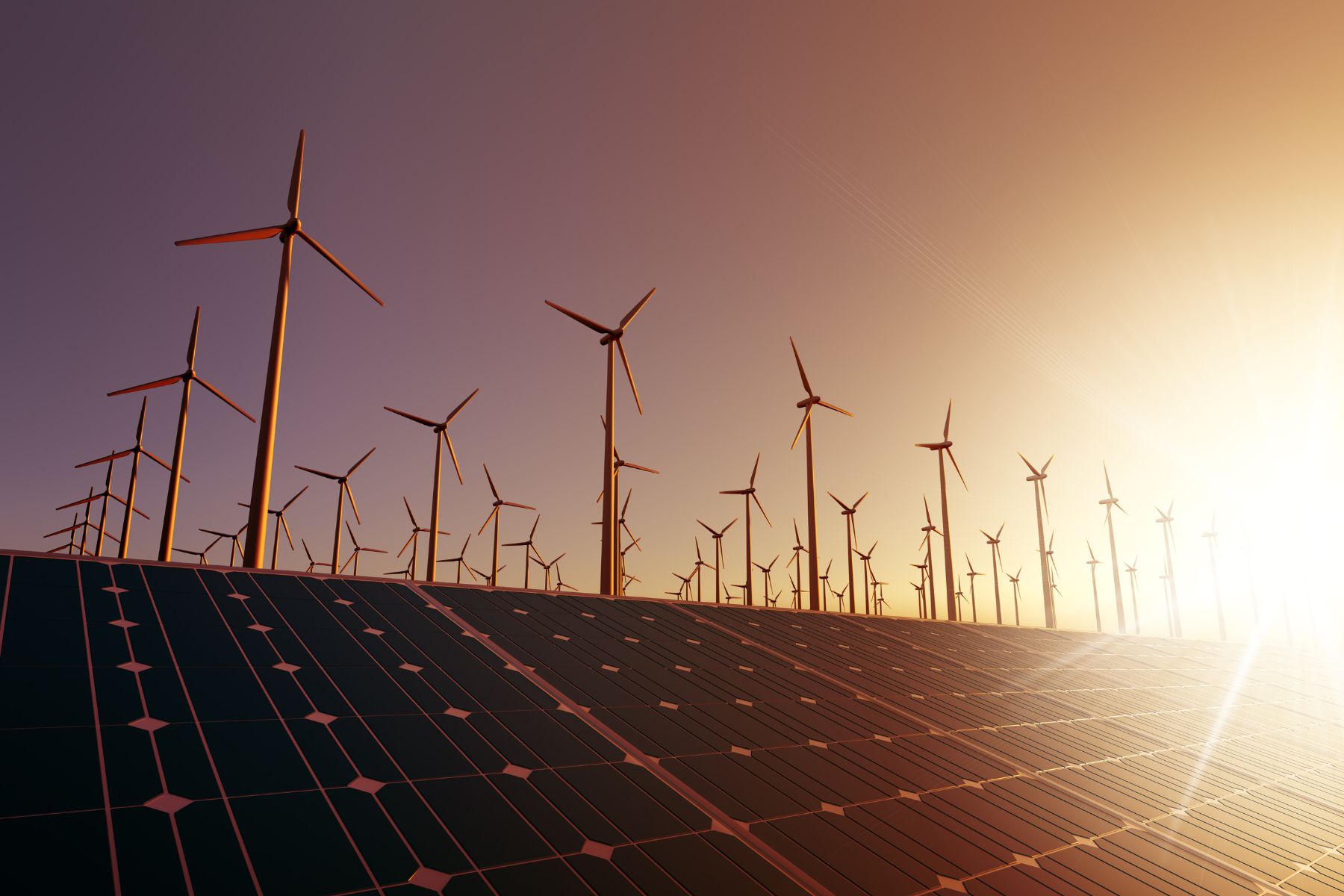The energy transition is accelerating and consumers in countries like Canada will save money.
The annual release of the World Energy Outlook is one of the most hotly anticipated events on any energy wonk’s calendar. The report is the flagship product of the International Energy Agency (IEA) and it maps out scenarios for the future of the world’s energy system.
This year, its scenarios delivered a series of striking messages about the accelerating energy transition. The 440 Megatonnes team has chosen to focus on four that have important implications for Canada.
1. Clean electricity is the future
All three scenarios in the World Energy Outlook 2023 show the world’s energy systems becoming increasingly electrified. And they show that electricity systems will become bigger, cleaner, and smarter to meet this growing demand.
The IEA points to various signs that the transition to clean electricity is underway, from the accelerating uptake of heat pumps and EVs to the high and rising share of investment in non-emitting electricity. Looking to the future, all three of the IEA’s scenarios anticipate that electricity generation will grow significantly, rising between 86 per cent and 168 per cent by 2050.
As electricity systems get larger, they will also get cleaner. The report notes that in 2023, the world is expected to add 500 gigawatts of renewable electricity capacity, a new high. By 2030, even the Stated Policies Scenario (STEPS), which assumes that countries will take no additional climate action, projects that renewable resources will account for 80 per cent of new electricity capacity.
Canada is strongly positioned to take a lead in this race toward bigger, cleaner, and smarter electricity systems. The country already has a largely non-emitting grid and strong policies like the proposed Clean Electricity Regulations and federal tax credits that will incentivize governments and investors to build out clean electricity systems. The IEA’s analysis emphasizes that this transition is possible and in progress.
2. The energy transition means cost savings for consumers in advanced economies
The transition to cleaner energy can also save consumers money.
According to all three scenarios in the World Energy Outlook, people who live in developed countries like Canada can expect their energy bills to fall as the energy transition unfolds.The IEA’s analysis suggests that energy bills in developed countries could fall between 20 per cent and 40 per cent by 2050—with the greater savings coming in scenarios where the world takes more ambitious climate action.
The report even says that consumers will see some net savings—though less than on energy bills—when factoring in the capital cost of clean technologies. That is because the efficiency gains from electrified technologies like heat pumps and electric vehicles more than make up for their upfront costs.
This analysis is consistent with the Canadian Climate Institute’s own research, which found that Canadians will spend an average of 12 per cent less on energy, including capital costs, as the country transitions from fossil fuels to clean electricity.
3. Demand for fossil fuels will peak and decline before 2030
Just as the demand for clean electricity is rising, the IEA makes it clear that the demand for fossil fuels will fall, and sooner than expected. For the first time, all three scenarios in the World Energy Outlook show fossil fuel demand peaking—and declining—before 2030.
Declining demand for fossil fuels means investment will shift increasingly from fossil fuels to clean energy, leaving fossil fuel producers competing for funds from a shrinking pool. This all implies a more uncertain future for Canada’s oil and gas sector.
As investors and consumers move away from fossil fuels, oil and gas production will decline, including in Canada. In a report from earlier this year, the Canada Energy Regulator (CER) examined scenarios in which Canada and the world achieve net zero emissions by 2050. In those scenarios, the CER found that demand for petroleum products will fall sharply—and Canadian oil and gas production will fall with it.
These forecasts illustrate why policymakers need to carefully calibrate public support to decarbonize Canada’s oil and gas sector. From the Canadian Climate Institute’s perspective, policymakers should adopt a policy package that combines stringent measures to reduce emissions with targeted financial support that positions the sector for long-term competitiveness.
4. There is still much work to be done
The World Energy Outlook 2023 contains many positive messages about the world’s progress toward cleaner energy systems and ultimately, lower emissions. But there is still much work to be done. Clean electricity is growing rapidly, but it must accelerate for the world to reach net zero by 2050. Energy costs may fall for the citizens of developed countries, but developing countries would benefit from better access to clean energy finance. And crucially, while there are still pathways to limit global warming to 1.5 degrees, the world is not on them right now..
For all the progress that is visible in the IEA’s scenarios, it is still up to countries like Canada to make that progress real.
Ross Linden-Fraser is a Senior Research Associate at the Canadian Climate Institute.
